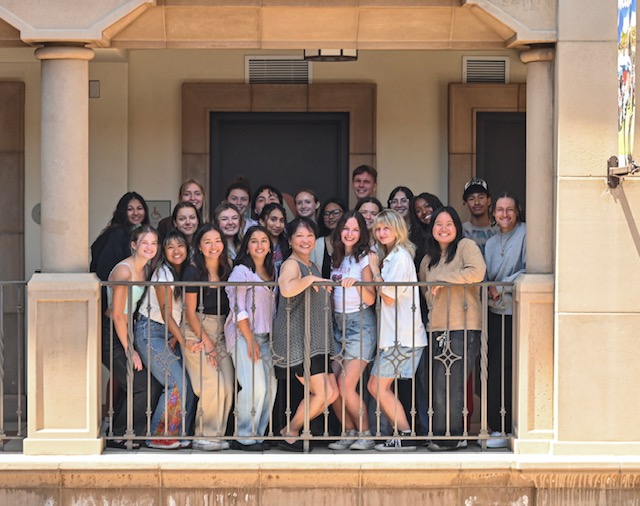Lili Kim / Asst. News Editor
The minimum wage for fast food workers in California increased to $20 an hour, as of April 1, 2024. Whether this is positive news for California citizens remains up in the air.
The legislation, signed into law by Governor Gavin Newsom in September 2023, created a 25% wage increase from the previous $16 an hour. Additionally, it established the Fast Food Council, which has the authority to continue raising the minimum wage over the next decade and monitor working conditions for the fast food industry.
While the wage increase applies to any fast food chain restaurant in the state with 60+ locations nationwide, a handful of exemptions were written into the law. These include chain locations in grocery stores, airports, museums and theme parks.
As with any new law, there are pros and cons for both workers and consumers. USD finance professor Daniel Roccato gave his take on the multi-faceted nature of the law.
“On the one hand, it’s terrific that thousands of people have a pay raise, but then there are the consumers who are paying more,” Roccato said. “This is a classic example of benefiting one group and having good goals, but the problem is the policy makers haven’t thought through what the long-term harm is.”
With the rise in labor costs, many companies such as Starbucks have increased their prices in response to the wage. USD senior Celia Raney, a barista at Starbucks, explained her experience with the menu price increase.
“I’m not going to complain, because it’s nice for me, but we did have to increase our prices, which our customers were not happy about, especially our regular customers who get the same thing every day and even have their cash ready,” Raney stated.
These increases in prices are projected to add to the already existent spike in inflation, which began about three years ago in the U.S. With the overall cost of living getting increasingly higher, the new fast food menu prices could affect the lives of middle and lower income consumers in the long run.
Besides increases in prices, other fast food chain locations have resorted to staff cuts or even closures. Due to its small size and commitment to quality, USD does not offer fast food chains on its campus. Therefore, any students or staff working in dining remain set in the non-fast food minimum wage of $16.85 an hour. USD sophomore Kat Harris, a student worker at USD’s market and grocery store Tu Mercado, explained her frustration with the lack of wage increase at on-campus sites.
“I’ve worked in fast food service previously, and — when it gets busy in Tu Merc — it’s definitely a similar stress level and workload [as working in fast food],” Harris said. “Some of my coworkers are either providing for themselves and their families, putting themselves through school and might have another job… I think USD needs to get its priorities straight and start paying their professors and workers a fair wage.”
Whether the minimum wage will increase for all jobs in California—including those on USD’s campus — is uncertain. Ultimately, the $20 an hour minimum wage increase for fast food workers in California highlights the delicate balance between worker salaries and market stability in an ever-changing economy.
A new minimum wage law gave fast food workers in California a pay raise to at least $20 an hour. Photo courtesy of @jeremybishop/Unsplash





Leave a comment